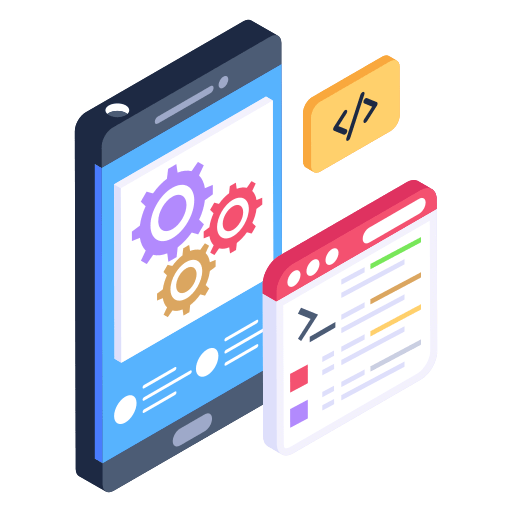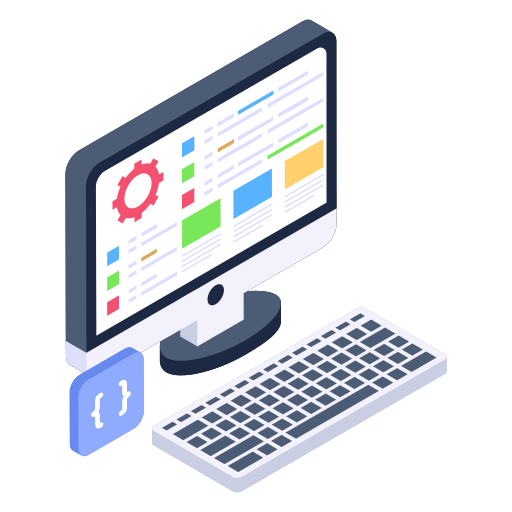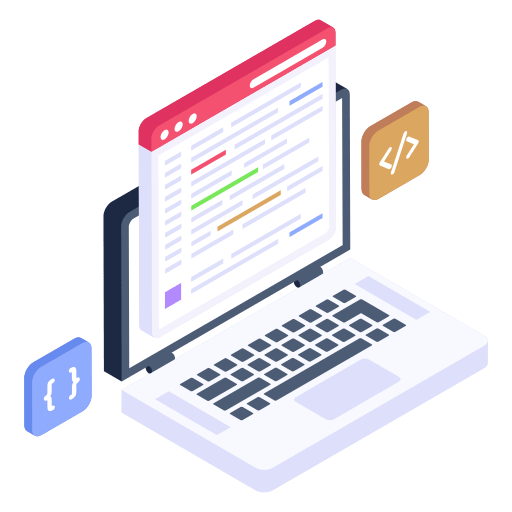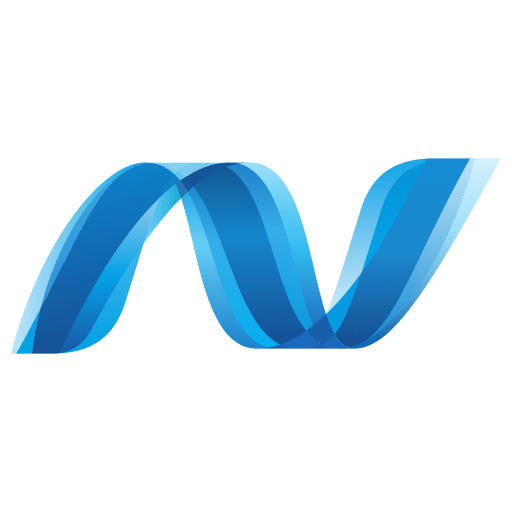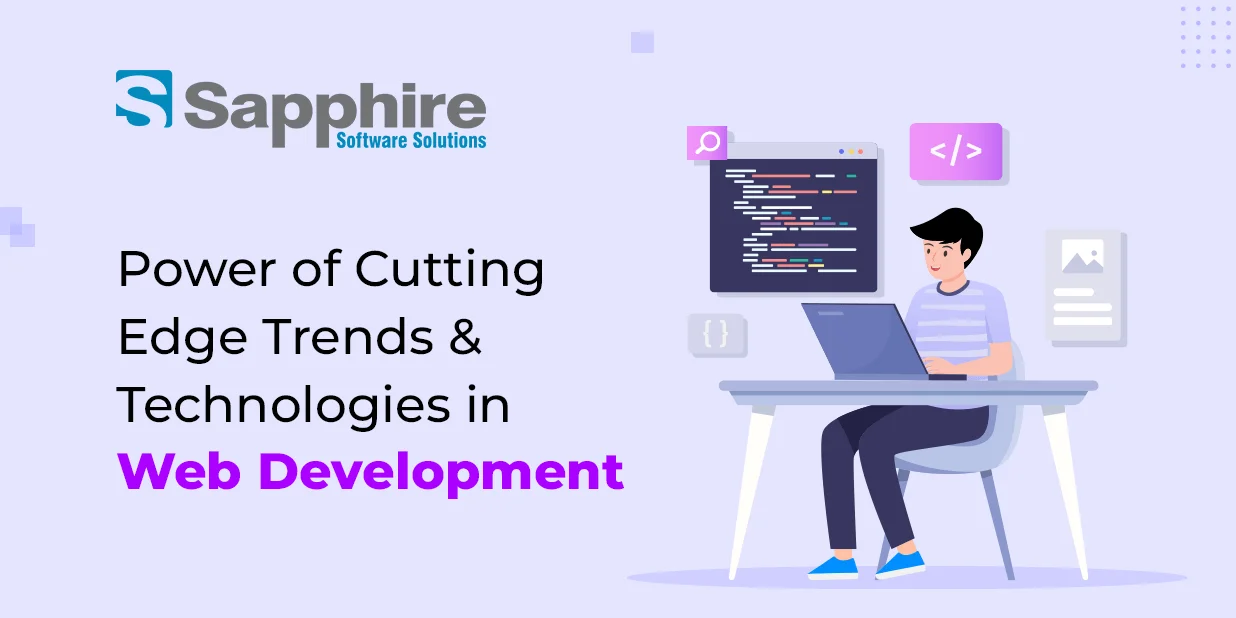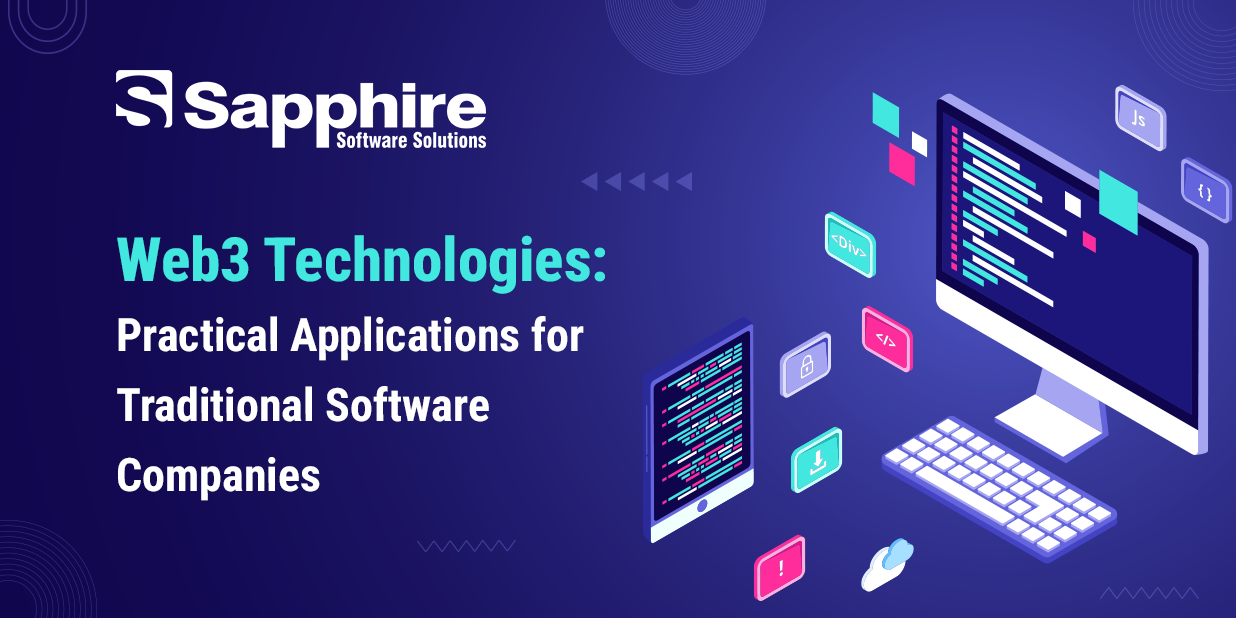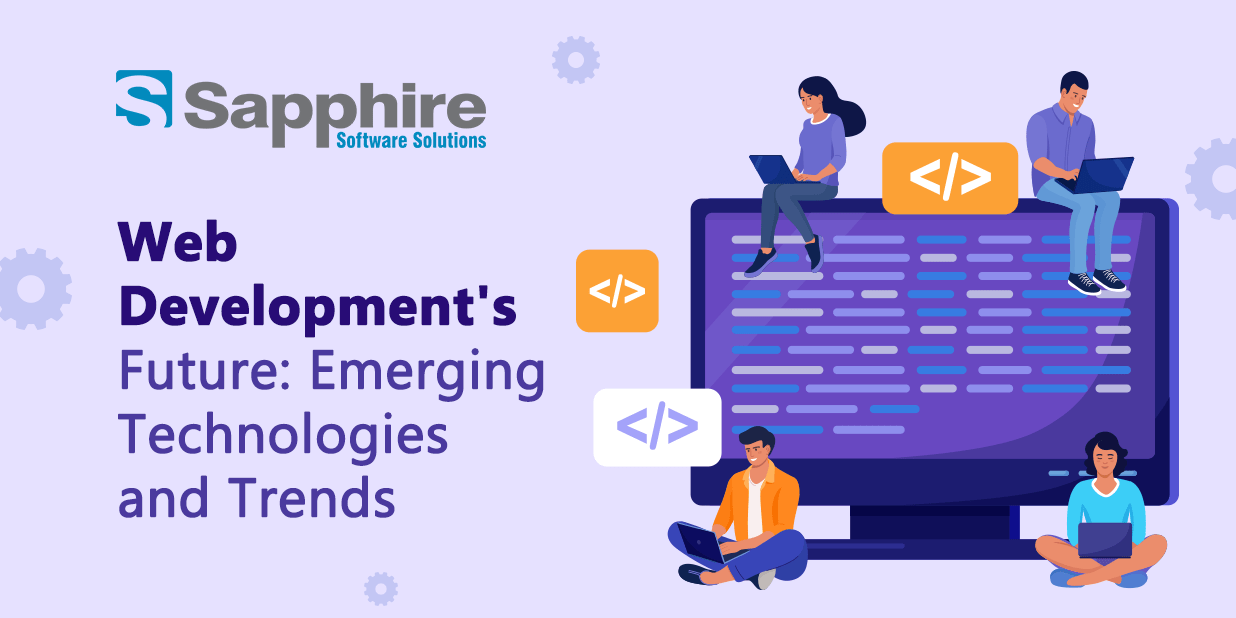What is a Web Technology?
Web technology is the set of tools, languages, and structures employed in constructing webpages and web applications. These comprise full-stack web development technologies such as HTML, CSS, and JavaScript, as well as rear-end systems including servers, databases, and frameworks. Taken collectively, current web development technologies help websites be interactive, responsive, and dynamic, hence enabling seamless user-system communication. Changing requirements and improvements drive web technology to constantly change users’ online experience.
Importance of Web Technologies:
The development of user-centric digital platforms depends on the latest web development technologies fundamentally. They help companies to improve user experience, access worldwide audiences, and simplify processes. Real-time apps, safe transactions, and immersive interactions driven by advanced web technologies. From startups to businesses, in an environment going more and more digital-first, these technologies are essential for branding, scalability, performance, and consumer involvement. Long-term success and innovation depend on a correct web development tech stack.
Web Development Technology Statistics:
- Still, the most often used language worldwide among developers is JavaScript.
- PHP is used server-side dynamically on more than 60% of websites.
- Front-end and rear-end development mostly falls to React and Node.js.
- Web use of Python has risen 25% year over year.
- Reflecting fast expansion in online services and attempts at digital transformation, the worldwide web development market is expected to reach $90 billion by 2027.
A curated web development new technologies list for web developers:-
React JS Development:
Popular JavaScript tool React JS is used mostly in single-page applications to create user interfaces. It maximizes rendering performance by means of a virtual DOM and component-based architecture. React’s speed, scalability, and flawless interaction with other libraries have developers gushing. Supported by Facebook and a sizable community, React keeps changing and is among the most dependable and potent tools available in front-end development.
Django Development:
A high-level Python tool, Django encourages quick development and neat, pragmatic design. Emphasizing “batteries-included,” it provides built-in capabilities including routing, administrative panels, and user authentication. Both startups and businesses will find Django perfect since it emphasizes scalability and security. Among developers creating data-driven, back-end-heavy systems requiring quick and maintainable code release, it is a popular choice.
Ruby on Rails Development:
Built upon Ruby, Ruby on Rails is a full-stack web development tool. Renowned for its “convention over configuration,” it accelerates development and streamlines repetitive coding chores. Rails is best for introducing MVPs and scalable projects with technologies like Active Record and built-in testing systems. It is a go-to solution for startups and fast prototyping requirements since it stresses clean code and output.
Vue.js Development:
Designed as a progressive JavaScript framework for creating single-page apps and user interfaces, Vue.js. Its component-based architecture, mild learning curve, and reactive data binding make it well-known for its adaptability; it may either be a complete web development technology and framework or fit into already-existing projects bitwise. Both novice and experienced developers striving for effective UI development will find it rather tempting based on performance and thorough documentation.
Node JS Development:
Built on the V8 JavaScript engine of Chrome, Node.js is a server-side runtime. It gives developers a non-blocking, event-driven architecture perfect for real-time applications as well as full-stack JavaScript capability. For developing APIs, chat apps, and microservices, Node.js is quick, scalable, and ideal. It’s the mainstay in contemporary web stacks since its extensive npm ecosystem offers hundreds of modules to simplify development and deployment.
Angular Development:
Google developed the TypeScript-based web application framework Angular. It backs two-way data binding, component-based architecture, and dependency injection. Enterprise-level solutions and dynamic single-page applications (SPAs) call for Angular design. Angular offers a strong framework for broad applications and a complete development experience right out of the box with its built-in capabilities for routing, testing, and form validation.
JavaScript:
Front-end web development is anchored in JavaScript. On websites, it drives interactive components ranging from animations to form validations and dynamic content. Node.js allows back-end capability, and JavaScript runs perfectly with HTML and CSS. Its asynchronous features, large libraries, and consistent updates make it indispensable. JavaScript is the most often used language among developers. Hence, everyone engaged in the creation of contemporary web applications must know it.
Laravel Development:
One PHP framework well-known for its beautiful syntax and developer-friendliness is Laravel. Built-in features help to simplify chores, including routing, authentication, and caching. Laravel includes Web Application Development Technologies, including Blade templating and Eloquent ORM in line with the MVC design. It offers strong security elements, encourages clean code, and speeds application development. Scalable, maintainable, and feature-rich backend systems call for Laravel.
PHP Development:
Created especially for web development, PHP is a widely used open-source server-side scripting language. It powers systems like PHP, interacts nicely with databases like MySQL, and is rather straightforward to learn. PHP is still essential for dynamic website building, even if more modern technologies are developing, because of its extensive hosting capability, great community, and constant improvement with frameworks like Laravel and Symfony that improve security and speed of development.
Python Development:
One general-purpose programming language with great simplicity and readability is Python. Often used in web development with Django and Flask to create scalable, data-driven apps is Python is perfect for intelligent online platforms since it allows integration with tools for data analysis, artificial intelligence, and machine learning. Its simplicity of usage, concise syntax, and large ecosystem help to explain its appeal among developers all around.
ASP.NET Development:
Microsoft built a strong framework called ASP.NET to create dynamic online apps and services. It interacts nicely with Azure and SQL Server and supports several languages, including C#. Cross-platform compatibility and speed enhancements abound on ASP.NET Core. Corporate environments choose it since it is perfect for applications needing high security, scalability, and rich tooling through Visual Studio.
Bootstrap Development:
Responsive and mobile-first web designs are produced with frontend web development technologies called Bootstrap. Along with pre-designed templates, a grid system, and UI elements including buttons, forms, and modals, it With built-in CSS and JavaScript tools, Bootstrap streamlines styling and guarantees visual consistency across devices. Developers wishing to create elegant, responsive websites quickly and easily find it to be a preferred tool.
HTML5 Development:
Comprising the basis of web content structure, HTML5 is the most recent iteration of Hypertext Markup Language. It brings fresh semantic aspects, natural support for video and audio, and better performance. HTML5 improves SEO and access and replaces the requirement for outside plugins like Flash. By allowing dynamic, cross-platform apps that run effortlessly on desktop computers and mobile devices, it is essential in modern web design.
Progressive Web Apps (PWA):
Designed to provide a mobile app-like experience via the browser, progressive web apps are web applications PWAs enable installation on home screens, push notifications, and offline access without an app store. Designed with common web technologies, PWAs mix dependability, speed, and interaction. Particularly for companies looking for reasonably priced cross-platform reach and native-app feel, they provide major performance and user retention benefits.
Blockchain Development:
In online development, blockchain offers a distributed, open, and safe application architecture. Platforms like Ethereum let developers create dApps—decentralized apps—and smart contracts. Blockchain is fit for supply chains, digital identity validation, banking, and data integrity and security enhancement. Ensuring tamper-proof data transfers across distributed networks, including blockchain integration in web apps, creates chances for new business models, such as tokenization.
CSS Development:
Web content’s visual display is defined by CSS, or cascading style sheets. It governs layout, colors, fonts, and responsiveness across devices. Flexbox, Grid, transitions, and variables—all of which modern CSS offers—let developers quickly design intricate layouts. Further improving styling capabilities are preprocessors like SASS and frameworks like Tailwind. UX design depends much on CSS, which helps websites to be both aesthetically pleasing and functionally strong.
Express.js Development:
Built for Node.js, Express.js is a simple web framework used for RESTful APIs and web server construction. It offers routing, middleware, and rapid database interface integration. Especially in microservices, Express is ideal for scalable applications since it is renowned for its simplicity and adaptability. Adopted extensively in the MEAN/MERN stack, it enables real-time capabilities when combined with tools like Socket.io.
Flask Development:
Lightweight Python micro-framework perfect for creating APIs and tiny web apps is Flask. With few built-in tools, it offers freedom, allowing developers to select components as needed. Learning Flask is simple and scales easily via extensions. Projects needing simplicity, quick development, and direct control over application architecture call for it. The modular nature of Flask qualifies it for microservices and data-driven platforms.
Spring Development:
Java-based web application development finds a strong framework in Spring. Via Spring Boot, it enables dependency injection, security, transaction management, and microservices. For business settings, spring is perfect since it lets scalable and maintainable systems flourish quickly. Spring improves developer productivity and allows flawless interaction with databases, messaging systems, and cloud platforms like AWS or Azure by means of its vast ecosystem and modular design.
Java Development:
Built for scalable online applications, Java is a platform-independent object-oriented language. It runs extensively in corporate settings and drives the backend systems of big companies. Java offers fast development by means of multithreading, database connectivity, and frameworks including Spring and Hibernate. Java remains a top language in web development, particularly in financial, educational, and business sectors, with great community support and decades of dependability.
TypeScript Development:
Designed to improve large-scale application development, TypeScript is a superset of JavaScript, including static typing, interfaces, and contemporary tooling. It integrates nicely with well-known systems like Angular and React, finds mistakes early, and increases code readability. TypeScript generates JavaScript, so it may be compatible with every browser. Particularly in challenging projects needing strong code structures and fewer defects, developers use TypeScript for its maintainability and scalability.
WebAssembly Development:
A binary instruction format called WebAssembly (Wasm) lets high-performance programming run in web browsers. It lets developers run almost natively on the web using languages such as C, C++, and Rust. For browser-based products, including 3D games, image editing, and data visualization, WebAssembly creates fresh opportunities. It enhances web capabilities by enabling CPU-intensive chores inside the browser environment, therefore complementing JavaScript.
AngularJS Development:
Created by Google for single-page apps, AngularJS is a legacy JavaScript framework. It brought MVC architecture, two-way data binding, and dependency injection, which simplified front-end development. Though today supplanted by Angular (2+), AngularJS set the foundation for contemporary web application architectures. Many legacy systems still depend on it. Hence, knowledge of AngularJS is quite important, whether keeping or moving older projects.
Jamstack Development:
Modern web development architecture, founded in JavaScript, APIs, and Markup, is Jamstack. By use of CDNs and depending on APIs for dynamic operations, it enhances performance, security, and scalability by serving static files. Building fast-loading websites, blogs, and e-commerce systems calls for web development backend technologies. It helps developers to separate the frontend from the backend, thereby improving security, accelerating builds, and streamlining development processes.
Single Page Applications (SPA):
Online apps known as single-page applications load one HTML page and dynamically update content without reloading. Reduced server load and speedier transitions let SPAs provide seamless, app-like experiences. For dashboards, social networking, and real-time apps, frameworks including React, Vue, and Angular power SPAs are perfect. Through reduced page reloads and flawless navigation, SPAs increase user engagement and performance.
What is the Future Technology of Web Development?
Emerging trends, including Web3, serverless architecture, artificial intelligence-powered interfaces, and immersive Web Development Services like WebXR and 3D web design, will define web development going forward. Progressive Web Apps and WebAssembly are boosting performance and reach; low-code/no-code platforms are democratizing development. Faster, smarter, more distributed, and more personalized, the web of the future will be, offering consumers increased involvement and companies more creative opportunities.
Stay Ahead with AI, PWA, and Blockchain-Driven Web Solutions
Questions to Ask Before Hiring a Top Web Development Company:
- Your experience with contemporary web technology is what?
- Could you project the work as our company expands?
- Do you apply safe coding and testing procedures?
- Included are supporting and maintenance services?
- Are there legacy systems or outside APIs that you can incorporate?
- Which development techniques do you use?
Why Sapphire Is the Ideal Partner for Web Development Services?
Deep knowledge in full-stack web development is something Sapphire Software Solutions brings. You can Hire Web Developers who specialize in the newest frameworks, including React, Angular, Laravel, and Django. Whether your company is a startup or established, we provide scalable, safe, high-performance solutions catered to your requirements. Emphasizing creativity and excellence, Sapphire is a Top Web Development Company that guarantees your web apps are future-ready and helps you to improve your online profile.






















